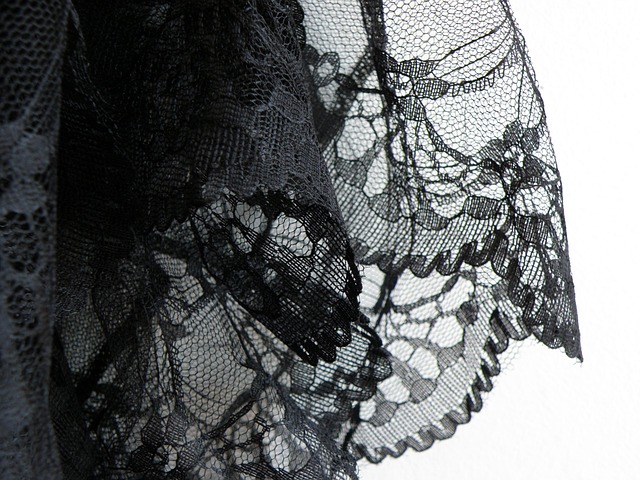Whether you want to admit it or not, income plays an integral part in the society’s perception of your worth and success. Fusing the the topic of finances to relationships makes things more complicated.
To some degree, your paycheck determines your role in a romantic relationship. An imbalance is created when your spouse earns more than you or the other way around. It is believed that the person who has a higher salary has increased options and financial freedom. Nonetheless, you must address the huge salary gap between you and your partner.
Here are just some tips to help you deal with your current situation:
COMMUNICATION IS THE KEY
Practicing open communication is one of the best ways to resolve issues in marriage (or any romantic relationship). If you are frustrated with your spouse because he or she is not making an effort to find a new job then, talk about it. If you feel guilty for spending more money than your spouse then, talk about it.
Start your financial discussion in a loving manner without accusing the other of anything. You are a family. You should not treat this like a heated battle or a boiling competition. The end goal is to help each other out.
ESTABLISH A BUDGET
Imagine taking a long ride in an unfamiliar place. Your journey can take you into different directions. To create a distinct path, you must follow a map. The same idea applies to your finances. To create a distinct path to your financial goal, you must set a budget.
Establishing a budget lets you allocate a specific amount to each member of the family. Also, you will be able to determine each other’s spending habits. Beginners in budgeting are recommended to use the envelope system.
RESPECT ONE’S ABILITY TO EARN
Before I went to bed, I came across a online discussion at Reddit. The thread surrounded the issue of having any significant achievement gaps between couples. Interestingly, these couples live in harmony.Reddit user pecrh001‘s story caught my attention.
“I have 2 degrees and work as a lawyer. My husband never finished uni but has a job that he loves. He’s a great father and husband. It doesn’t really matter that I earn more than him because it’s all just family money. We’re both working hard and supporting each other and our kids.”
Finding someone who respects you as a person and your ability to earn is more important than the degree that you are holding. Being successful on paper does not translate to your character. Each other’s money is valuable. Forget keeping score!
GIVE AND TAKE
Another important practice that the Reddit thread highlighted is the balance between the two individuals. You must have the chance to give and take. Reddit user The_Superbus illustrated this by posting:
“I worked two jobs while she was in medical school and one job while she was in residency. Now I work no jobs while she is an attending. She likes the fact that I do most of the work around the house so she doesn’t have to. I like the fact that I haven’t had to go to work for the last few years. It also lets us raise our own kid without relying on daycare for 9 hours a day, which is nice.”
EMPLOY A REWARD SYSTEM
After months and months of hard work, you may feel exhausted and overwhelmed. Break the cycle by motivating with reasonable rewards. For instance, you may go to a fancy dinner when your money exceed your budget or when you achieve a financial goal.

Image Credits: pixabay.com
Rewarding each other is a way to remind yourselves that the money you make belongs to the both of you.











